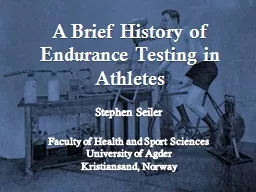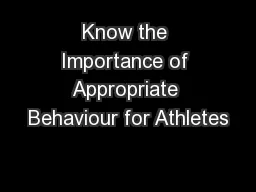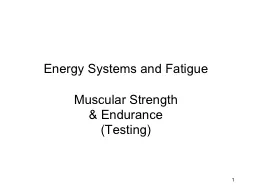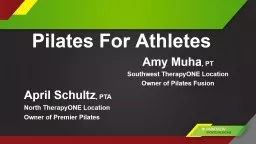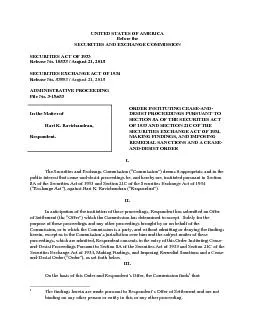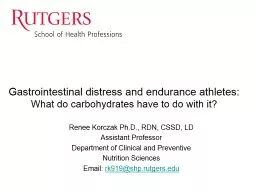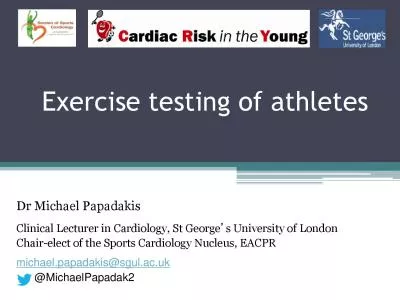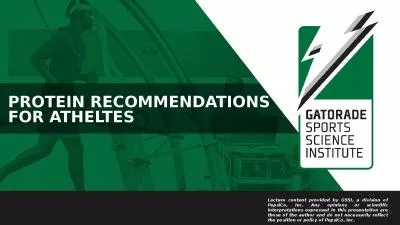PPT-A Brief History of Endurance Testing in Athletes
Author : tawny-fly | Published Date : 2016-04-05
Stephen Seiler Faculty of Health and Sport Sciences University of Agder Kristiansand Norway Two historical roads to modern endurance testing 1 Using exercising
Presentation Embed Code
Download Presentation
Download Presentation The PPT/PDF document "A Brief History of Endurance Testing in ..." is the property of its rightful owner. Permission is granted to download and print the materials on this website for personal, non-commercial use only, and to display it on your personal computer provided you do not modify the materials and that you retain all copyright notices contained in the materials. By downloading content from our website, you accept the terms of this agreement.
A Brief History of Endurance Testing in Athletes: Transcript
Download Rules Of Document
"A Brief History of Endurance Testing in Athletes"The content belongs to its owner. You may download and print it for personal use, without modification, and keep all copyright notices. By downloading, you agree to these terms.
Related Documents

